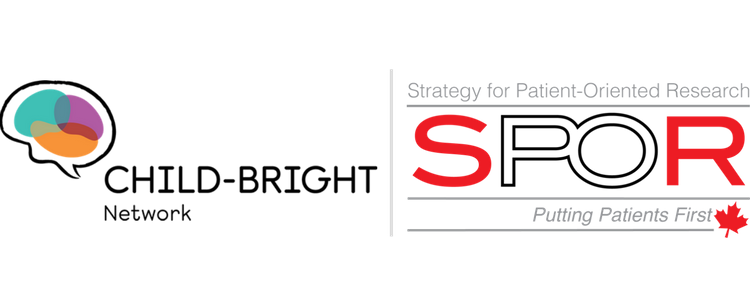Many of our research projects are actively recruiting children, youth, parents, families and/or caregivers to enrol in their studies. Read on to learn whether you or your child could be eligible for one of our research studies.
Open recruitment calls for CHILD-BRIGHT projects
Metformin in CP
Eligible age range: 5 to 12 years and 11 months
The Metformin in CP team is investigating whether metformin can improve movement and thinking skills for children who have been diagnosed with cerebral palsy. To watch Co-Principal Investigators Darcy Fehlings and Donald Mabbott explain the landmark drug trial in a virtual information session, click here.
Optimizing the Management of Pain and Irritability in Children with Severe Neurological Impairment (PIUO)
Eligible age range: 6 months to 18 years
If your child is experiencing pain and you don't know why, you may be eligible to participate in our CHILD-BRIGHT PIUO study. The research team is looking for children with neurological problems who cannot communicate verbally about their pain and who continue to have unexplained pain.
CHILD-BRIGHT Mega Team
Eligible age range: 6 to 12 years
The CHILD-BRIGHT Mega Team is recruiting for its study looking at whether a video game can help improve behavioural control and working memory in children with attention deficit hyperactivity disorder, autism spectrum disorder, and/or congenital heart defect. If you are interested in participating, download the details and email mega.team@sickkids.ca.
Why participate in research?
Are you wondering why it is worthwhile to take part in a research study? Hear from five CHILD-BRIGHT patient-partners, including our Director of Citizen Engagement, Frank Gavin, on the many reasons research has been worthwhile for them:
“The pieces below all grew, directly or indirectly, out of a question some CHILD-BRIGHT parents (including me) were trying to answer: “how can the Network encourage parents who have never enrolled their child in a research study and who may never even have considered doing so to give the idea some thought?”
One of us, Donna Thomson, had a lightbulb moment and suggested we should describe our own reasons—our “whys”—that led us to do what we are asking others, perhaps you, to do. The fact that our reasons, like our experiences, were quite different would underscore what we know to be true: no one’s “why” is exactly the same as another’s. We decided to seek out the accounts of other parents in the Network as well as those of some of the Network’s youth partners, an outreach that has already borne fruit.
The authors are all parent or youth partners in CHILD-BRIGHT: members of research teams or committees. But they or their children have all been subjects or participants in previous research studies, and that experience—even when, as in my case, it was not a particularly good one—fed a desire to help ensure that later research focused on what is most important in the lives of children and youth with brain-based developmental disabilities and of their families and that it did so in a way that fully respected the child, youth, and family participants. This is the desire that led us to CHILD-BRIGHT.
Each of us has our own “why.” We hope yours leads you to raise your hand—perhaps to ask a question, perhaps to signal a willingness to step forward.”
—Frank Gavin, Director of Citizen Engagement













